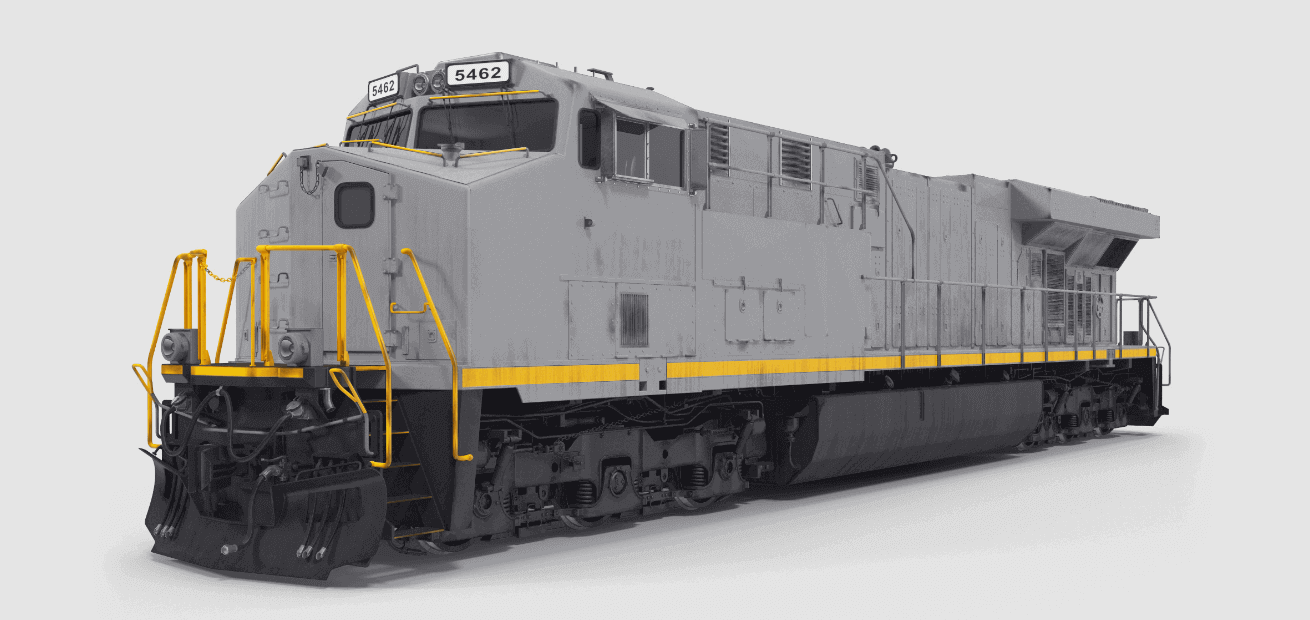From cards to sound waves: the new frontier of transit payments
Over the past century, the system for issuing and paying for public transportation tickets has undergone significant evolution. It has progressed from reliance on coins to embracing cutting-edge methods that leverage technology for enhanced convenience and efficiency.
Public transportation tickets in the past?
Between the 1950s and the late 1980s, single validation methods like tokens, paper tickets, or magnetic stripe tickets were commonplace. However, the 1990s ushered in notable enhancements in ticket issuance, including location services and real-time information, alongside the introduction of contactless smart cards globally.
The rapid digital evolution spurred innovations in two main directions:
- Firstly, towards contactless credit cards and mobile phones, offering operators the ability to bypass physical ticket issuance and providing users with more convenient transportation access.
- Secondly, towards the adoption of “account-based” ticketing systems, where tickets are stored centrally rather than on physical cards. While tokens, paper tickets, magnetic stripe tickets, and contactless cards and devices remain in circulation, many investments in older systems have yet to be recouped, and certain demographics are more accustomed to traditional ticketing methods.
In this landscape, the primary challenge lies in finding cost-effective ways for operators to implement these innovative ticket issuance solutions, ensuring benefits for both operators and users.
A New Approach to Mobility
The rise in population, evolving user needs, and dwindling public resources have spurred the emergence of new business models driven by private innovation, facilitating the integration of new technologies into public transportation access.
One such emerging model mirrors Mobility as a Service (MaaS), exemplified by platforms offering comprehensive trip booking and payment capabilities across various transportation modes. These platforms, akin to a unified hub akin to Google Maps, enable users to seamlessly book and pay for rides, whether by ride-sharing vehicles, scooters, bicycles, buses, or taxis, all within a single application.
This integration streamlines and simplifies the user experience for city travel. Would you like to learn more about some of the payment and validation systems or technologies utilized by these platforms? We can delve into those next.
1. Magnetic stripe cards
In the realm of public transportation validation and payment, cards can be distinguished based on the stored information and the sophistication of their cryptography. One such card type is the magnetic stripe card, a technology dating back to the 1970s. These cards, commonly found as paper tickets or plastic cards, feature a magnetic strip capable of storing data that can be read by a machine.
The enduring presence of magnetic stripe cards in our daily lives can be attributed to factors such as their potential for reuse and cost-effectiveness, which continue to make them relevant in modern transportation systems.

2. EMV Contactless Technology (NFC)
Another type of card utilized in public transportation is the EMV contactless card. These cards adhere to specifications for transactions conducted via near-field communication (NFC) payment devices. They enable transactions to be completed by simply waving or tapping them against a terminal equipped for EMV Contactless.
This technology offers the advantage of using the same payment method across different transportation networks. It is often coupled with the issuance of “account-based” tickets, facilitating interoperability within various transportation services.
3. QR
QR codes, short for Quick Response codes, are two-dimensional barcodes containing a set of data that can be read by optical machines. They provide a simple and economical method for implementing ticket issuance and validation via mobile phones in public transportation. This technology has been employed in several Mobility as a Service initiatives, where QR codes are generated through an application to validate tickets for buses or trains.

4. Reverse QR
Another payment method involves utilizing QR code readers, which are standard codes accessible to everyone, or BIDI (closed codes requiring payment for access). These can be obtained through various apps stored on mobile phones.
With this approach, users can make payments or banking transactions and generate digital tickets by scanning QR codes within public transportation vehicles. Additionally, the app notifies the relevant service provider that the user has purchased a ticket
5. Ultrasound
One pioneering technology embraced by various transportation systems is the incorporation of contactless validations through ultrasonic proximity, facilitated by LISNR. This innovative approach has the potential to replace traditional NFC systems by utilizing ultrasound to transmit data.
Unlike NFC, which relies on electromagnetic waves, ultrasonic proximity technology operates through sound waves, enabling devices to communicate with each other. This method offers several advantages, including increased security and reliability, as ultrasound signals are harder to intercept or tamper with compared to electromagnetic signals.
By harnessing ultrasonic proximity technology, transportation systems enhance the user experience by providing a seamless and secure means of validating tickets and facilitating transactions within public transportation networks. This validation and payment method is one of the most secure and cost-effective, ensuring a seamless journey through a comprehensive and user-friendly platform.
Source: Meep
Author
dolaaadminRelated posts
2024-2029: Five years to deliver the Green Deal’s mobility promises
Demand Responsive Transport (DRT) solutions have been a fixture in developed nat
Enhancing Traditional School Bus Tracking Solutions with IoT and Mobility
School buses are considered as the best option for commutation of kids to school
The multi-billion-dollar mobility insurance market arrives
The insurance industry has hit a tipping point and insurers have a decision to m

